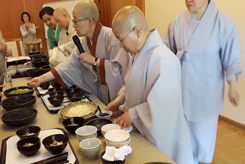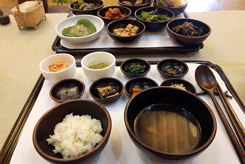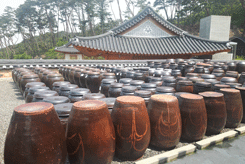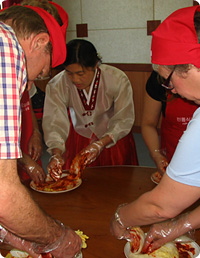CULTURAL
Buddhist Diet / 4 hours



Tour Highlights
- Buddhist Diet Cooking and Dining
Seoul (- - -)
The temple sits at the convergence of two streams, amid twisting leafy trees and soaring peaks. Each temple has its own specialty. Jinkwansa is famous for preserving the ancient art of Korean temple cuisine. Apparently only female monks are permitted to reside here.
"You can't understand monastic culture without understanding monastic food," "The food creates the entire human being," "It shapes our mind and body." as per Gye Ho, the overt nun who has been a practicing nun for more than 50 years.
"There is no meat and no fish and no MSG," absolutely vegetarian meal with use of no green onion, garlic, leeks, wild chive and Chinese squill. That may sound remarkably bland. Gye Ho explains that for the nuns, cooking and eating are spiritual as well as physical practices. "We prepare our food with a clear mind," she says. "We recognize that the best sauce in the world is the heart that we put into our cooking."
On top of a gravel-covered platform are dozens of ceramic urns of different sizes. The monastery makes up to 30 different kinds of sauce from fermented soybeans. The jars sit in a spot that gets full sun all day long In these urns, some soybeans have been fermenting for 20 years, others for as long as 50 years. During your cooking program, you will learn how to prepare Buddhist diet with a help from nuns and experience temple food. Cutting, chopping and boiling the seasonal vegetables as they are, preparing them carefully according to the teachings of Buddha. Cooking and dining with nuns and to chat while sipping tea with graceful nuns is truly a rare opportunity to try.






